News
-
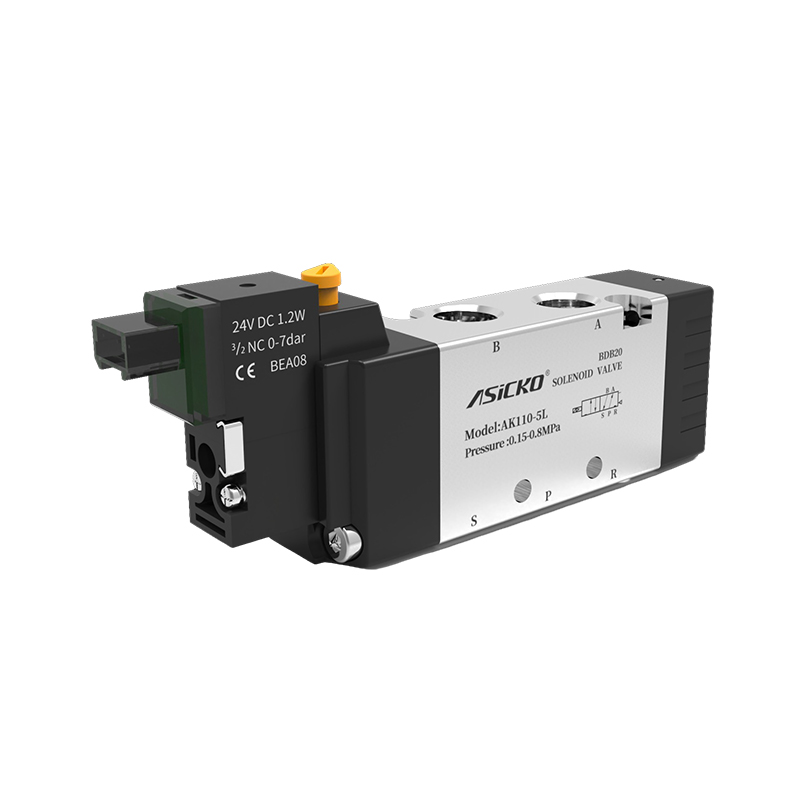
How does a solenoid valve for a vibration plate maintain a stable and leak-proof air path in a continuous vibration environment?
In an automated production line, the vibration plate is responsible for arranging scattered parts in an orderly manner and continuously feeding them. The solenoid valve for a vibration plate is the core control component of the pneumatic system that drive
Learn More2025-10-28 -

How does the mini high-speed integrated vacuum generator achieve high-speed response and improve gripping and release cycles?
In modern automated production lines, every delay in an action accumulates into a loss of overall efficiency.
Learn More2025-10-27 -
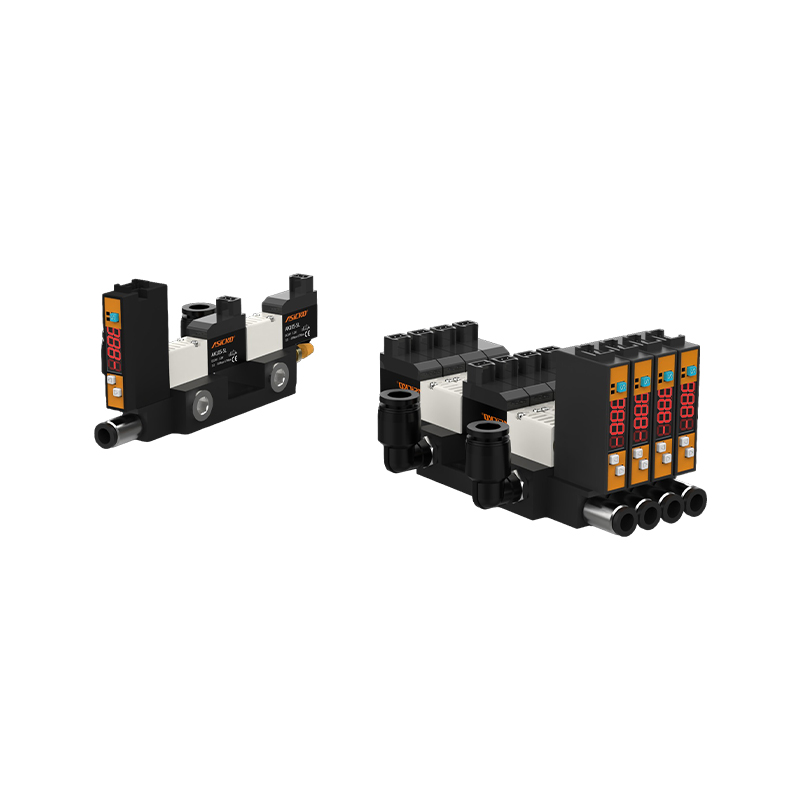
What specific impact does the driving mode of the vacuum integrated valve have on the system response speed?
As the core control component in the vacuum system, the choice of driving mode of the vacuum integrated valve directly affects the response speed and overall performance of the system.
Learn More2025-10-23 -
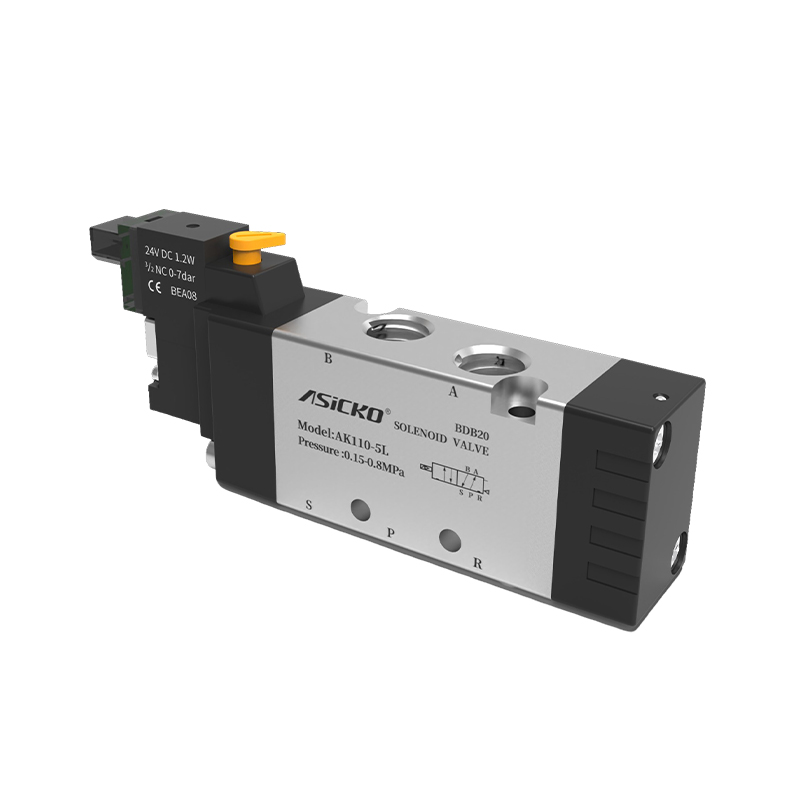
How to avoid leakage caused by pipe stress when installing a solenoid valve for a vibration plate?
Although threaded connections are simple, they can easily become loose and cause leakage under high pressure or high frequency vibration conditions.
Learn More2025-10-22 -
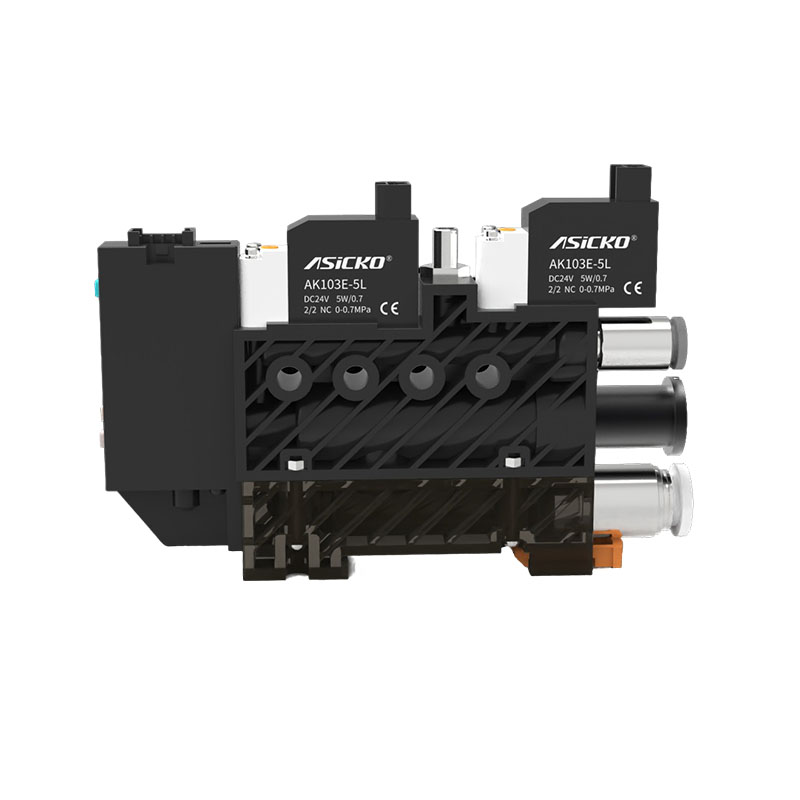
How do integrated vacuum generators achieve on-demand vacuum supply?
Integrated vacuum generators, particularly compact devices with integrated suction and shut-off functions, are becoming an ideal solution for high-speed handling applications.
Learn More2025-10-15 -
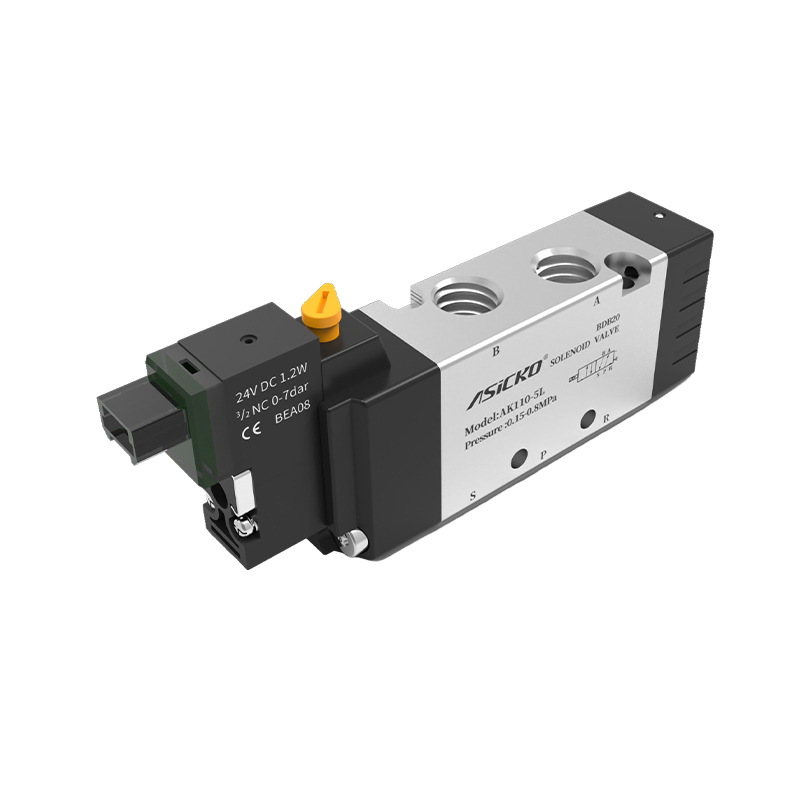
How does a solenoid valve for vibration plates meet the cycle times of high-speed automated production lines?
As one of the core actuators, the solenoid valve for vibration plates acts as a "nerve switch" in controlling the speed and rhythm of material transport.
Learn More2025-10-14

